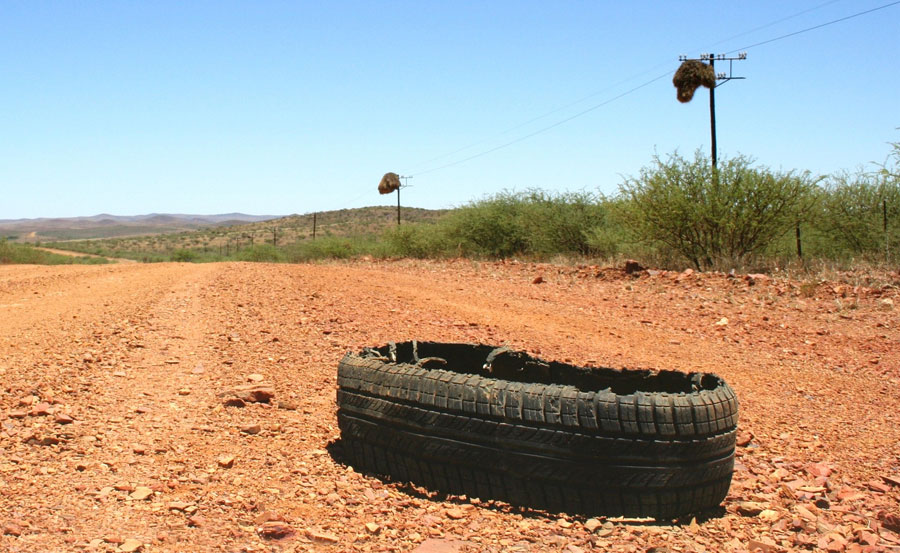Learning to drive is not just about the practical act of physically learning to control a vehicle on a public road or the theoretical learning and test taking required to enable you to do so.
Learning to drive involves various factors and levels of responsibility and one of these is getting to know your tyres. You don’t need to have your own car as you take your driving lessons, to learn about tyres and wheels – you can use your instructors and ask him/her plenty of questions or you can take a look at someone elses, whether or not its a parents, family member or friends.
What are the important factors you need to know about your tyres.
Are they legal?
A tyre is the only part of a car which has contact with the road. The tread of a tyre is designed to provide maximum grip to the road surface and push water away, so it can’t collect underneath it and cause aquaplaning. (This video is grainy but shows the dangers adequately)
https://youtu.be/mERAaeCrj0E
The minimum legal tread limit is 1.6mm across the centre 3/4 circumference with no cuts or bulges but it is advised that you consider changing your tyre once it reaches 3mm. If you look at a tyre, you will see it has small ‘wear bars’ running horizontally through and at certain points on a tyre. When the tread wears down and is equal to the wear bar, then your tyre tread has reached the 3mm level and you need to think about changing them.
Tyre’s can become worn and damaged before their tread wears out – so regularly checking them ( a good time to do it, is when reviewing your tyre pressure.) is well worth the time and effort – for your safety and that of other road users.
You can buy tread depth gauges at various stores/online to assist you with keeping your tyres legal and roadworthy.
The type of tyre your vehicle needs is picked by the manufacturer. This includes type, size, profile, load carrying capacities, grip, ride and handling characteristics. On the side of a tyre on your car, you will find information which will guide you, to buy a new tyre. From personal experience, I have learnt that it is best to write down all your car details(if you don’t have the cars handbook) and the information off the tyre and phone a reputable tyre company in your area. Ask drivers whom you know, who they use and phone around – I’ve seen a difference in as much as £10 per tyre with different companies – so its worth taking the time to find out what the prices are.
Tyre types
The Royal Society for the Prevention of Accidents (ROSPA) states:
It is illegal to mix tyres of a different construction (cross-ply; bias belted or radial) on the same axle. Cross-ply and bias-belted tyres are seldom used on production cars, and are not widely available in the UK. Cross-ply and radial tyres should never be mixed on the same vehicle. Where a mix is necessary, radial tyres MUST only ever be used on the rear axle and cross-ply tyres on the front. This mix of tyres will produce ‘understeer’ whereas the opposite will produce ‘oversteer’. (Oversteer refers to the car turning more tightly into a corner than it is steered; understeer indicates that the vehicle turns at less of an angle than it is steered). Of the two conditions, under steer is generally accepted to be easier to control.
Owning a car involves expense – definitely think about how much you are going to have to pay, not just to buy your own vehicle but also how much it costs to tax, insure and keep your vehicle roadworthy, so that it passes its yearly MOT.
Buying and looking after your tyres can also have an affect on the fuel efficiency of your car and its road worthiness, especially during the wetter seasons.


